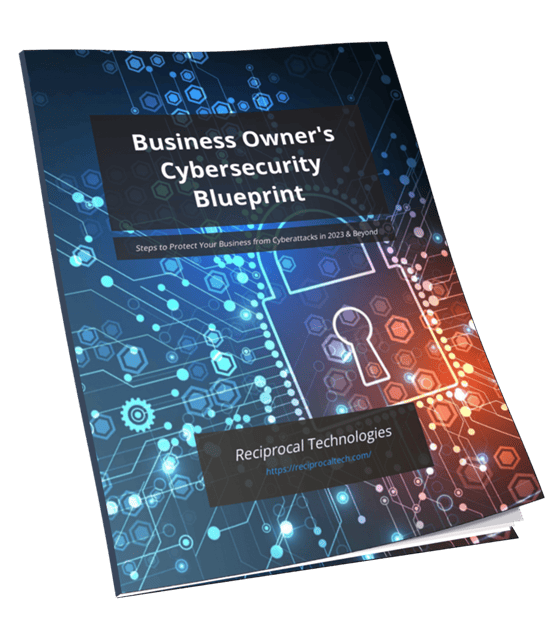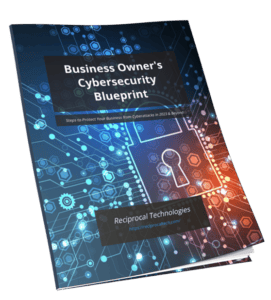Download the Business Owner's Cybersecurity Blueprint

100% Free & Secure - We will never sell your information.

For twenty years, hackers have tried to breach organization’s networks by finding or breaking holes in the network’s perimeter, or in exposed servers. This led to the cybersecurity industry creating software designed specifically to stop these threat actors in the act. This, in essence, created a situation where the perimeter of an organization’s network was extremely hard to breach. The problem was that as soon as something was able to get through the outer defenses, there was no end to the devastation a hacker could cause inside a network.
This caused a shift in the way that hackers went about their dastardly business. Since they couldn’t gain access the “old-fashioned way” they needed a new strategy. As a result, using the resources at their disposal, hackers began to use people with access to the network to let them in. This strategy, sometimes called social engineering, created deceptions that pulled the wool over user’s eyes and provided exactly what they were looking for: a way in. Today’s hacker has his/her sights firmly targeted on the users of the secure computing network and it is leading to unprecedented levels of devastation for users and businesses, alike.
What Is Phishing?
The strategy is as old as war: if one avenue of attack is blocked, you have to try and attack the flanks. In this case the flanks are the users that have access to a network. You see, users are susceptible to all manner of different ploys. Hackers get them to click on links for free software, they masquerade themselves as people in authority, and they send people direct messages that only the well-trained person would ignore and report. Moreover, some users type their personal access credentials into fraudulent forms. The phishing attack is one part fraudulent ruse, and one part belligerent lack of diligence. Together, these two problems can be trouble for any organization.
A phishing attack can come at any time and can affect any organization. This is because hackers flood email, instant messaging, or any other method of computer-based communication to expose as many people as possible. No matter what industry you work in, there is a very strong chance that your organization is being phished at this very moment. That’s mainly because most phishing messages are sent in mass campaigns designed to flood so many inboxes that the chances that someone makes a mistake is extraordinarily high. In fact, nearly four-out-of-five businesses and nine-of-ten nonprofits have seen phishing emails over the past two calendar years.
What Can We Do?
Unfortunately, if someone makes the grave mistake of falling victim of a phishing attack, you are going to be forced to deal with that situation. If the threat that’s unleashed by a successful phishing attack happens to be ransomware, you’ll have a whole other set of problems on your hands. These unfortunate scenarios don’t have to happen, however, as a companywide strategy to protect against phishing can work to reduce the chances that malware ravages their network.
So, how do you go about strategizing the changes you have to make, exactly? The first thing you have to do is identify where your business is getting spammed. Is it through email? Social media? Instant messaging? Truth is, that your business probably deals with all manners of phishing attacks, but when the downtime from training approaches the downtime you’ll see as a result of a malware attack, the value of the training may be hard to swallow. As a result, when you begin to outline a strategy that will keep these annoying and possibly-disastrous attacks at bay, you’ll definitely want to identify exactly what information you absolutely need your staff to know.
Once that is done. You can start training your staff. Here are some pointers:
If you touch on these basics, they’ll be more informed, and more apt to keep your business’ information out of the hands of hackers.
What else?
Some other tips that you should pass along to your staff include:
Today, training is mandatory for any business looking to properly secure its network and infrastructure. If you would like more information about phishing, the risks your outfit faces, and any other network security question you may have, contact the IT professionals at Reciprocal Technologies today at 317-759-3972.
Author’s recent posts
